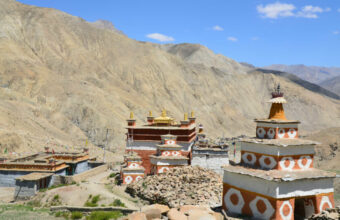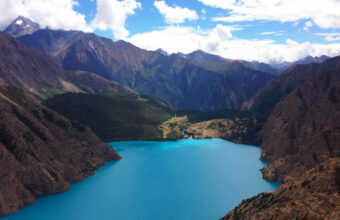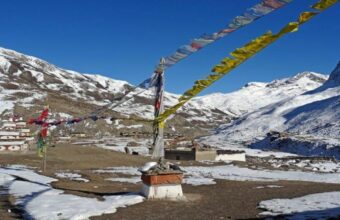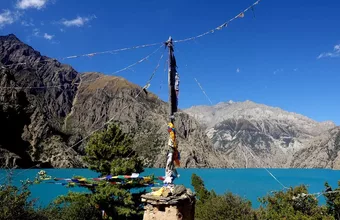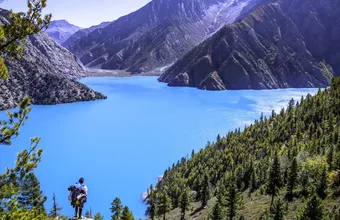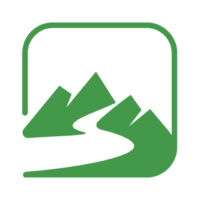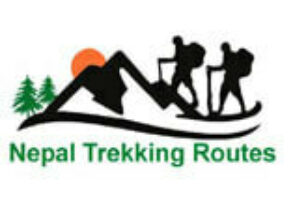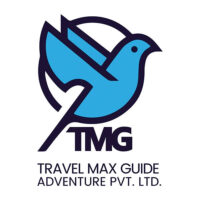Dolpo treks
Far off-the-beaten-track trekking routes in the west of Nepal
A vast and little-known area of western Nepal, Dolpo is a magical region of frozen desert, piercing blue skies and unnamed peaks. I find trekking in the Dolpo region a world apart from the Nepal trekking blockbusters in the Annapurna and Everest regions.
My favourite Dolpo treks take you past hidden monasteries stashed with treasures, yak caravans passing along the old salt trade routes to Tibet, high passes where the air is so thin it pierces the lungs, snow leopard tracks and stone walled villages seeming to blend into the mountain slopes.
Here, time is measured by the ripening of crops and the arrival of the first snows. On these Dolpo treks you won’t find any trekking lodges, apple pies or crowded passes, but you will find scenery to make you gasp and people welcoming you with open arms.
There are, however, a few things to note about trekking in Dolpo. Getting there, nearly always by small twin-prop plane, is difficult, expensive and unreliable. Most of the walks are demanding, long and high with no creature comforts and must be undertaken with an organised camping group. Lastly, permits are complicated and expensive to obtain.
But if you have the stamina, patience and finances, I guarantee that trekking in the Dolpo region will leave you enchanted.
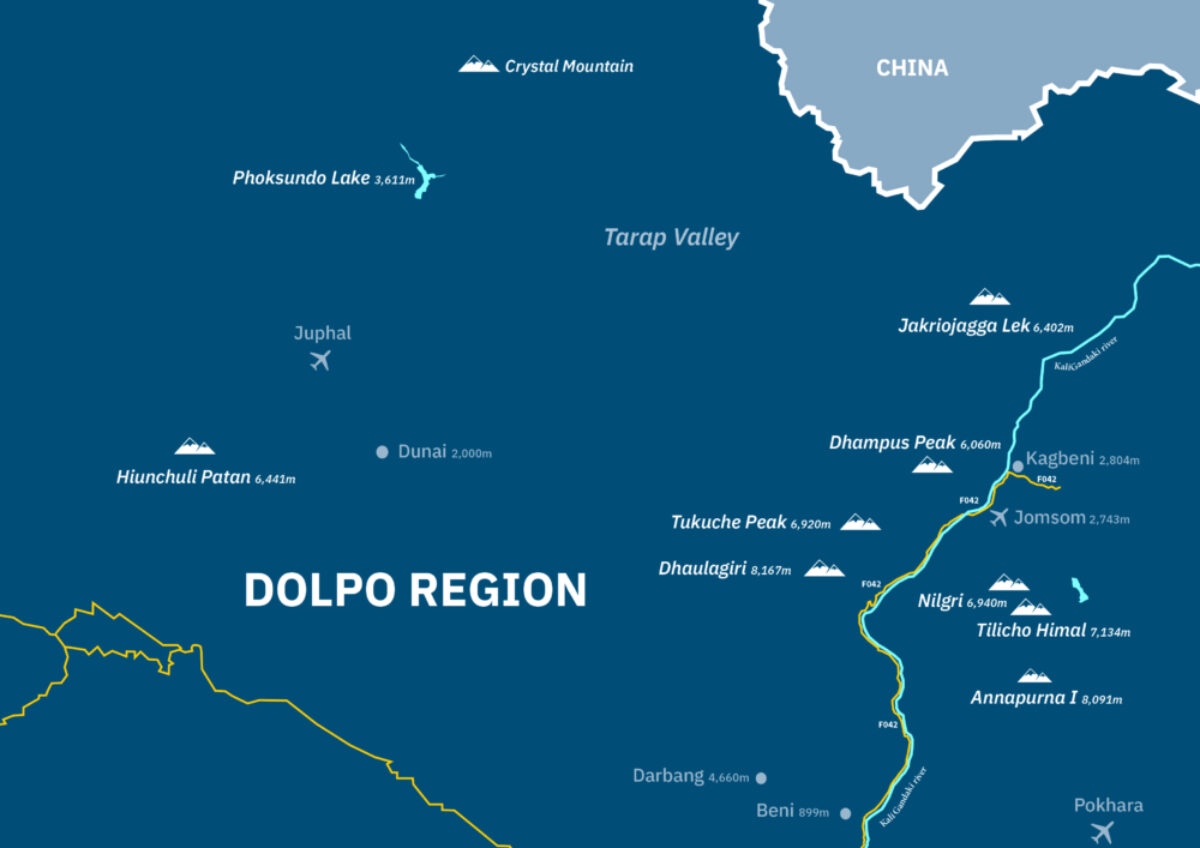
Dolpo region trekking routes
The top Dolpo Region treks
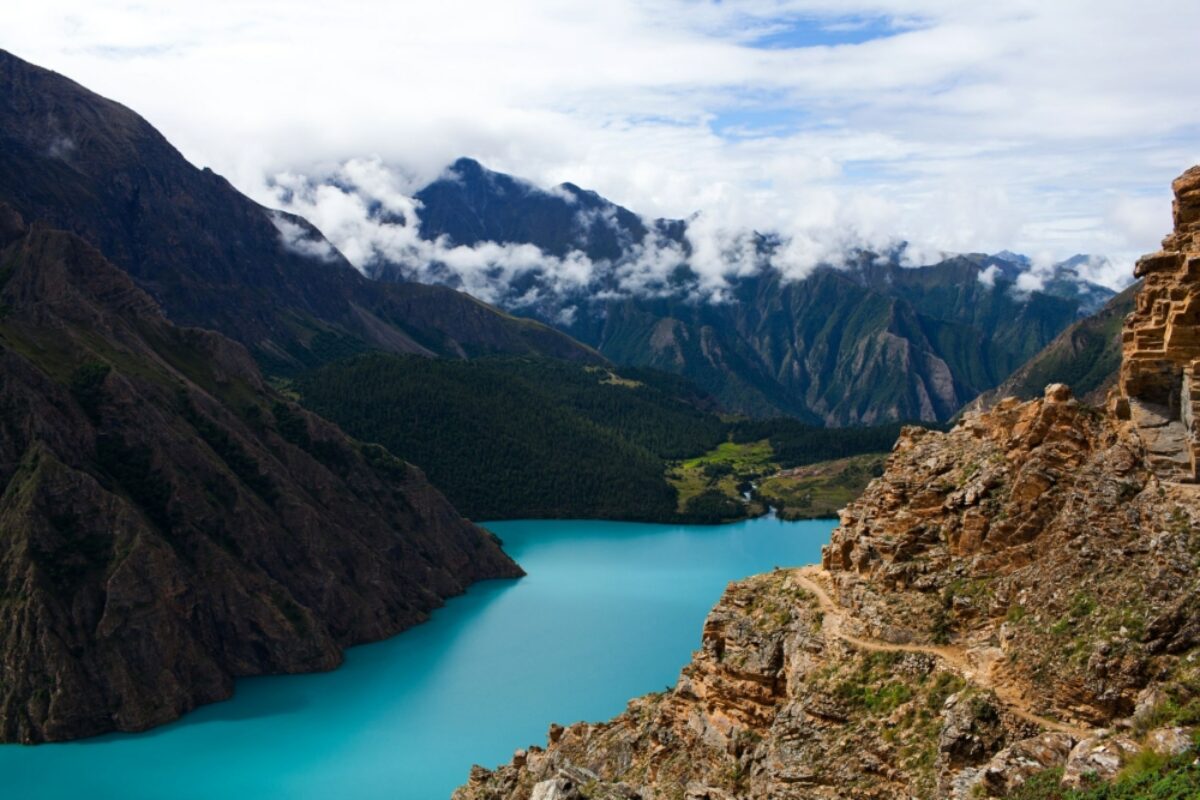
Phoksundo Lake
Phoksundo Lake
Phoksundo Lake
- Difficulty: Easy-moderate
- Trek Duration: 3 days to the lakes. 5-6 days return.
- Max. Elevation: 3,730m
- Accommodation: Camping, basic homestays.
- Start/End Point: Dunai
This short and sweet trek follows the Suli Gaad river through pristine forest to the beautiful Phoksundo Lake. It is 4.8km long, 1.8km wide and, at over 600m deep, the deepest lake in Nepal. Being a national park, it is rich in wildlife. Many of the villages here follow the ancient Bön religion, and villagers and the monks at the monasteries will be happy to explain how it differs from Buddhism.
The trek to the lake is a short one — five to six days on a straight there and back route. But there are plenty of opportunities to combine this trek with others. The two most popular are either over to the Do Tarap valley or, if you can afford the expensive restricted area permit, up to the legendary Shey Gompa.
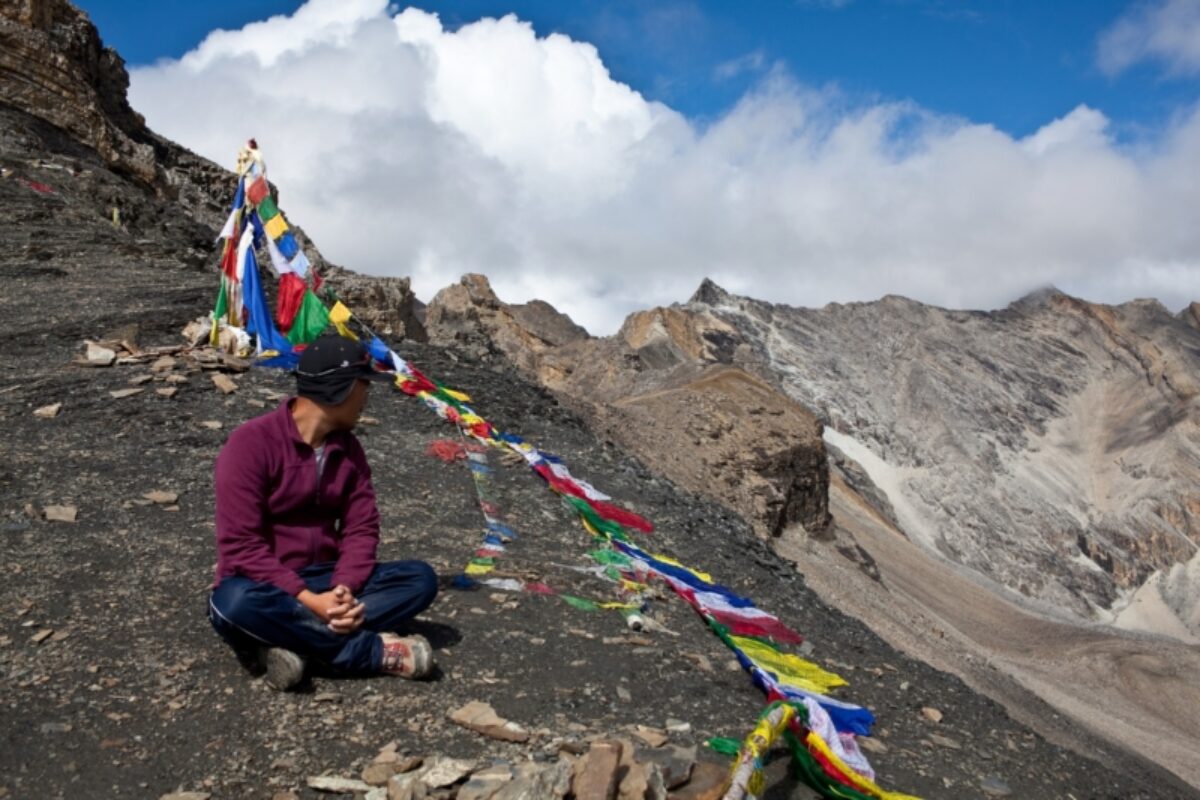
Taking a rest on the Upper Dolpo trail
Upper Dolpo Trek
Upper Dolpo trek
- Difficulty: Challenging
- Duration: 25-30 days
- Max. elevation: 5,150 m
- Accommodation: Camping
- Start and end point: Juphal
The Upper Dolpo Trek is a challenging route which takes about 25 to 30 days to complete, beginning and ending in Juphal, a small town in Nepal’s little-visited Dolpo region.
The route is considered demanding due to its long duration, high altitude, and demanding terrain. On the way you will cover steep ascents, descents, and cross high passes, requiring good physical fitness, acclimatisation and previous trekking experience.
Exploring the Dolpo region, you will visit the Shey Phoksundo National Park which features a turquoise lake, waterfall and ancient monastery perched on the hillside. You will also cross high mountain passes and visit remote villages, like Dho Tarap. The national park is also home to plenty of wildlife like blue sheep, musk deer, Himalayan Marmot and Himalayan Tahr.
Do Tarap Loop
Do Tarap Loop
- Difficulty: Difficult
- Trek Duration: 10 days to Phoksumdo Lake and 12 days for the full loop.
- Max. Elevation: 5,290m
- Accommodation: Very basic homestays, camping.
- Start/End Point: Juphal
The most popular trek in the Dolpo region — although often you’ll be the only trekker on the trail, the Do Tarap Loop avoids the pricey restricted area permits of other areas, but the scenery and sense of wonder is no less rewarding. The walk begins in forested country along the narrow Thulo Bheri Valley and meanders up to the remote Tarap Valley with its beautiful monasteries and old villages of pure Tibetan culture. Most people pause for a day or two in the valley before walking for three inspiring days over high passes (Numa La, 5,290m and Baga La, 5,170m) and through wilderness to arrive at the forested shores of Phoksundo Lake. From here follow the return leg of the Phoksundo Lake trek back to the airstrip at Juphal. If you have the correct permits, it’s possible to head north from either the Tarap Valley or Phoksundo Lake to Inner Dolpo and Shey Gompa.
Although this area is still something of a time warp this might change fast in the near future. An aggressive road building campaign is underway across western Nepal and as hiking trails turn to dirt roads change will come to the region. This road building is also likely to shorten or dramatically change some trekking routes.
The walk times below are a minimum. This is one region where it really pays to allow extra days for side trips and explorations (and unreliable flights).
Shey Gompa & Inner Dolpo
Shey Gompa & Inner Dolpo
- Difficulty: Difficult
- Trek Duration: From 13 days
- Max. Elevation: 5,160m for standard route. Other routes go higher.
- Accommodation: Camping and some very basic homestays
- Start/End Point: Juphal
Before Peter Matthiessen wrote about his journey to Shey Gompa in The Snow Leopard, this was a little-known area. Even now, high permit costs (US $500 per person) and difficult access keep visitor numbers down. But for those willing to pay, the incredible trek to Shey Gompa over the Sehu La (5,160m) from Phoksundo Lake, or the longer and harder route from Do Tarap, are absolute wonders, taking you across yak herding country and into a Tibetan-influenced world that has almost ceased to exist anywhere else. You don’t get the same massive mountain views that you do on treks further east in Nepal, but the high desert scenery is still out of this world.
The standard route to Shey Gompa is a six-day straight line hike from Juphal to Phoksundo Lake and on over the Sehu La to Shey Gompa. For the return, there’s a choice of tempting routes. You can either return the way you came, in which case the entire trek can be completed in 13-14 days with a couple of rest days. But it’s far better either to loop across to Do Tarap via one of a couple of different routes (allow 18 days at least), or, even better, take the exploratory high route over the roof of Nepal to Jomsom or even Upper Mustang. You’ll need at least three weeks for the Juphal to Jomsom route, and a month to Upper Mustang and then back down to Jomsom.
Dolpo to Jomsom or Upper Mustang
Dolpo to Jomsom or Upper Mustang
- Difficulty: Strenuous
- Trek Duration: 21-30 days
- Max. Elevation: 5,550m
- Accommodation: Camping
- Start/End Point: Juphal/Jomsom
You want adventure? Here it is: The epic three to four-week long Dolpo to Jomsom or Upper Mustang trek. Starting from the airstrip at Juphal head north to Phoksundo Lake (you can also go via Do Tarap), over the Sehu La (5,160m) to Shey Gompa and then east, up and over several massive 5,000m-plus passes, through desolate high-altitude desert. The only other people you’ll meet will be the occasional herder with his flocks, or a yak caravan and trader returning from Tibet. There are one or two tiny villages along the way. Almost completely cut off from the rest of the world, this is a fascinating insight into old Tibetan culture.
There’s no set route and any company offering this trek will largely create their own. Make sure they have guides who know the area. The route to Jomsom takes you into the shadow of mighty Dhaulagiri and is the slightly shorter walk (three weeks all in). It also doesn’t require quite as many restricted area permits, which makes it a little cheaper. The more rewarding route though would take you up along the border of Tibet to Lo Manthang in Upper Mustang, and from there back down to Jomsom. Allow a month for this walk. You will need the Inner Dolpo and the Upper Mustang permits.
This trek is a true expedition and should not be attempted by inexperienced trekkers.
Beni to Dolpo
Beni to Dolpo
- Difficulty: Medium-Difficult
- Trek Duration: 10-12 days
- Max. Elevation: 4,540m
- Accommodation: Camping
- Start/End Point: Beni, Babiyachour or Darbang/Dunai or Juphal
Most Dolpo trekkers fly in to Juphal, but for a more rewarding arrival in the region, try the offbeat Beni to Dolpo trek. This starts in the green farmland and forests around the busy town of Beni, a short bus ride west of Pokhara. After crossing several passes draped in prayer flags, it finishes at the edge of outer Dolpo. Along the way, you will pass through Alpine meadows, rhododendron forests and villages of differing ethnicities and religious leanings.
Road construction is eating into this area and although the trek traditionally starts from Beni, it’s now possible to carry on up the snaking road to at least Darbang or even a little further. This would knock a day or two off the standard 12 days.
Jumla to Dunai
Jumla to Dunai
- Difficulty: Medium
- Trek Duration: 6 days
- Max. Elevation: 3,820m
- Accommodation: Camping
- Start/End Point: Jumla/Dunai
An alternative, and again rarely trekked, route in or out of Dolpo is from the Jumla airstrip to Dunai, from where you can join the Do Tarap trek or continue down to Beni. Jumla is set on the banks of the Tila Khola, which is one of the biggest rice-growing areas in the world.
While there are no face-to-face encounters with huge mountains and no especially high passes to negotiate, this trek rewards with flower-filled valleys, friendly villages and shady forests with exotic wildlife.
If you want to add a challenge and you’re aiming for Phoksundo Lake, you can detour off the main trail and clamber over the frigid and bleak Kagmara La (5,115m).
Dhaulagiri Circuit
Dhaulagiri Circuit
- Difficulty: Strenuous
- Trek Duration: 16 days
- Max. Elevation: 5,360m
- Accommodation: Camping
- Start/End Point: Beni/Jomsom
Dhaulagiri is the seventh highest mountain on the planet (8,167m) and this extraordinary and very challenging circuit around it is one of the unsung mountain wonders of Nepal. This is not a trek for the average person. Two very tough weeks await anyone taking on the Dhaulagiri Circuit, with several nights camping on ice and snow at over 5,000m. The French Col (5,360m) and Dhampus Pass (5,240m) are the official highpoints of the trek, but many people also attempt to summit Dhampus Peak (6,060m).
Anyone attempting this trek should have lots of high-altitude trekking experience. Mountaineering experience would be useful too. Be prepared to use crampons, ropes and ice-axes.
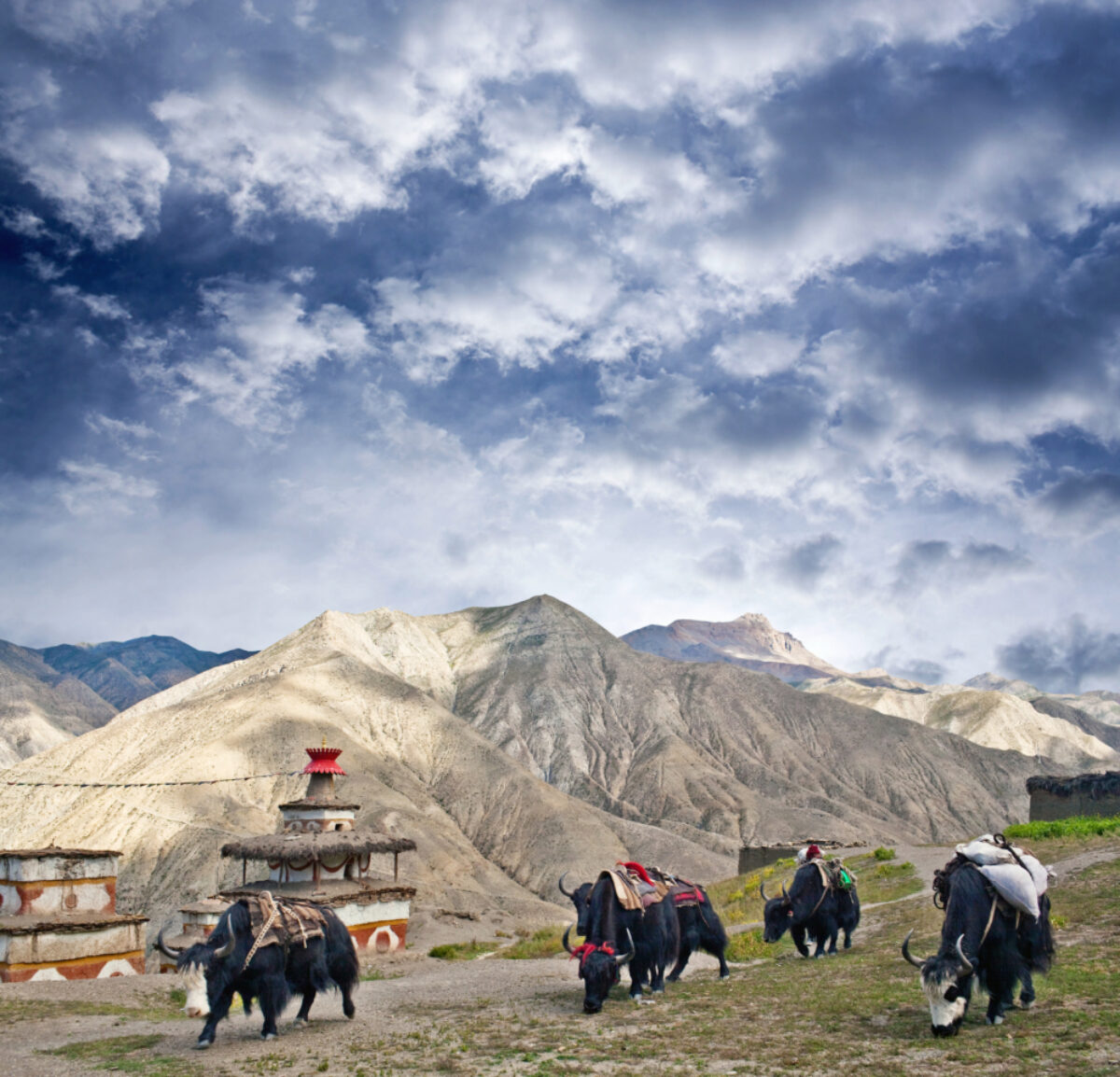
Trekking in the otherworldly Dolpo region
Dolpo trekking highlights
Shey Gompa
An idea as much as a place, the mythical Shey Gompa and nearby Crystal Mountain became a part of Himalayan folklore for many westerners after Peter Matthiessen wrote so lyrically about it in his book, The Snow Leopard. The monastery and its treasures remain remote, hidden behind the furthest Himalayan peaks, like some shangri-la.
Phoksundo Lake
Nepal’s most beautiful lake (and that’s saying something) is surrounded by pine forests and its shores are dotted with Bön monasteries (the original religion of much of highland Nepal, which predates Buddhism) and buzzing with wildlife.
French Pass & Hidden Valley
Everest’s Three Passes trek too mellow for you? The loop around Dhaulagiri (8,167m) makes any other trek in Nepal seem like a stroll in the park. The highlights are crossing the frozen French Pass (5,360m) and admiring the superlative mountain views from the bleak Hidden Valley. But take note: This is one tough trek, much of it borderline mountaineering.
Do Tarap
Time has stood still in this valley. Its villages, ochre and white gompas and monasteries are all reminiscent of the Tibet of yesteryear. And when you watch a mule caravan laden with goods from the northern border descend from the high passes, you’ll realise that you’re in a very special corner of Nepal.
Adventure
Perhaps no other region in Nepal offers such scope for wild adventure as Dolpo. Few foreigners walk the trails here and in many cases there’s still a sense of blazing your own routes — especially when undertaking the epic month-long walk from Dolpo to Jomsom (or Upper Mustang) along the roof of Nepal.
Village life
Meeting the locals of Dolpo is as much an adventure as straining your lungs to cross the high passes. It’s a real ethnic and religious puzzle out here: One valley will be traditional Tibetan Buddhist; the next, ancient Bön, and some of the lower southern villages will be Hindu.
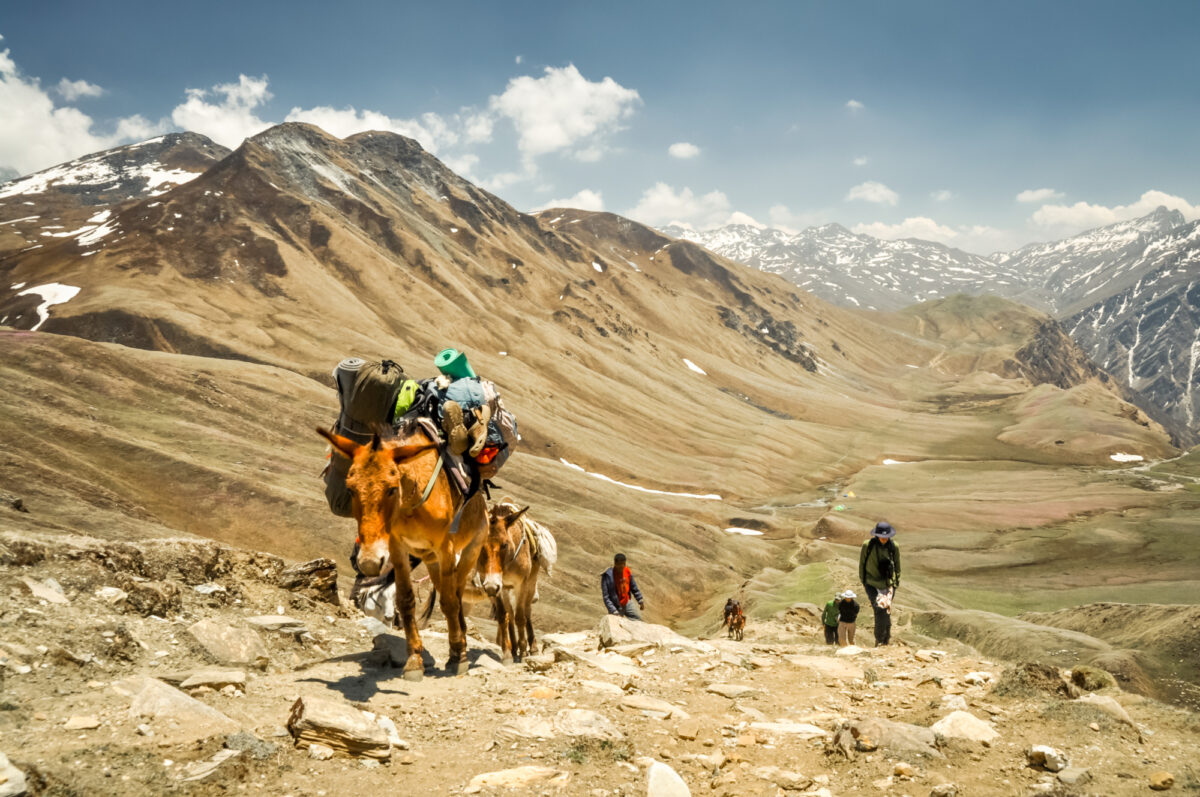
Dolpo trekking need to know
Permit requirements for the Dolpo region can be quite complicated and costly to obtain, and all trekkers here need a TIMS card. The Phoksundo Lake and Do Tarap treks require a Lower Dolpo Restricted Area Permit, and a Shey Phoksundo National Park permit.
The Beni to Dolpo trek requires a Dhorpatan Hunting Reserve permit. The Jumla to Dunai trek doesn’t need any permits.
The Dhaulagiri Circuit requires an Annapurna Conservation Area permit. The Shey Gompa & Inner Dolpo and the Dolpo to Jomsom or Upper Mustang treks require much more paperwork and cost a lot more. Both require the Lower Dolpo Restricted Area permit, a Shey Phoksundo National Park permit, and an Inner Dolpo Restricted Area permit (US $500 for 10 days and US $50 per day for additional days).
The Dolpo to Jomsom trek also requires an Annapurna Conservation Area permit and the Upper Mustang trek needs an Upper Mustang Restricted Area permit (US $500 for 10 days and US $50 per day for additional days).
With any of the treks requiring a restricted area permit, you must be in a party of at least two trekkers and be accompanied by a guide. However, it’s possible to pay for a second “ghost” trekker permit.
Most of this region lies within the Himalayan rain shadow and all these treks are best tackled between May and October. The Jumla to Dunai trek can be walked from late March.
The Dhaulagiri Circuit is best in April/May, and September/October. Even though much of this region is a desert and rainfall is sparse, it’s still best to avoid the July/August period as some rain does make it over to the far side of the Himalayas. Keep in mind that flights to Dolpo’s airstrips are frequently cancelled due to bad weather. From November to April most routes will be snowed in and villages sparsely populated.
Although there are a few basic homestays along the Phoksundo Lake route and in the Tarap valley, all these treks are essentially camping only. Make sure that any agency you use has a working knowledge of the area and the trails. This is especially important on the Dolpo to Jomsom or Upper Mustang trek, and the Dhaulagiri Circuit.
Small planes fly from Nepalganj to Jumla and Juphal. There are buses from Pokhara to Beni for the Beni to Dolpo trek and the Dhaulagiri Circuit.

